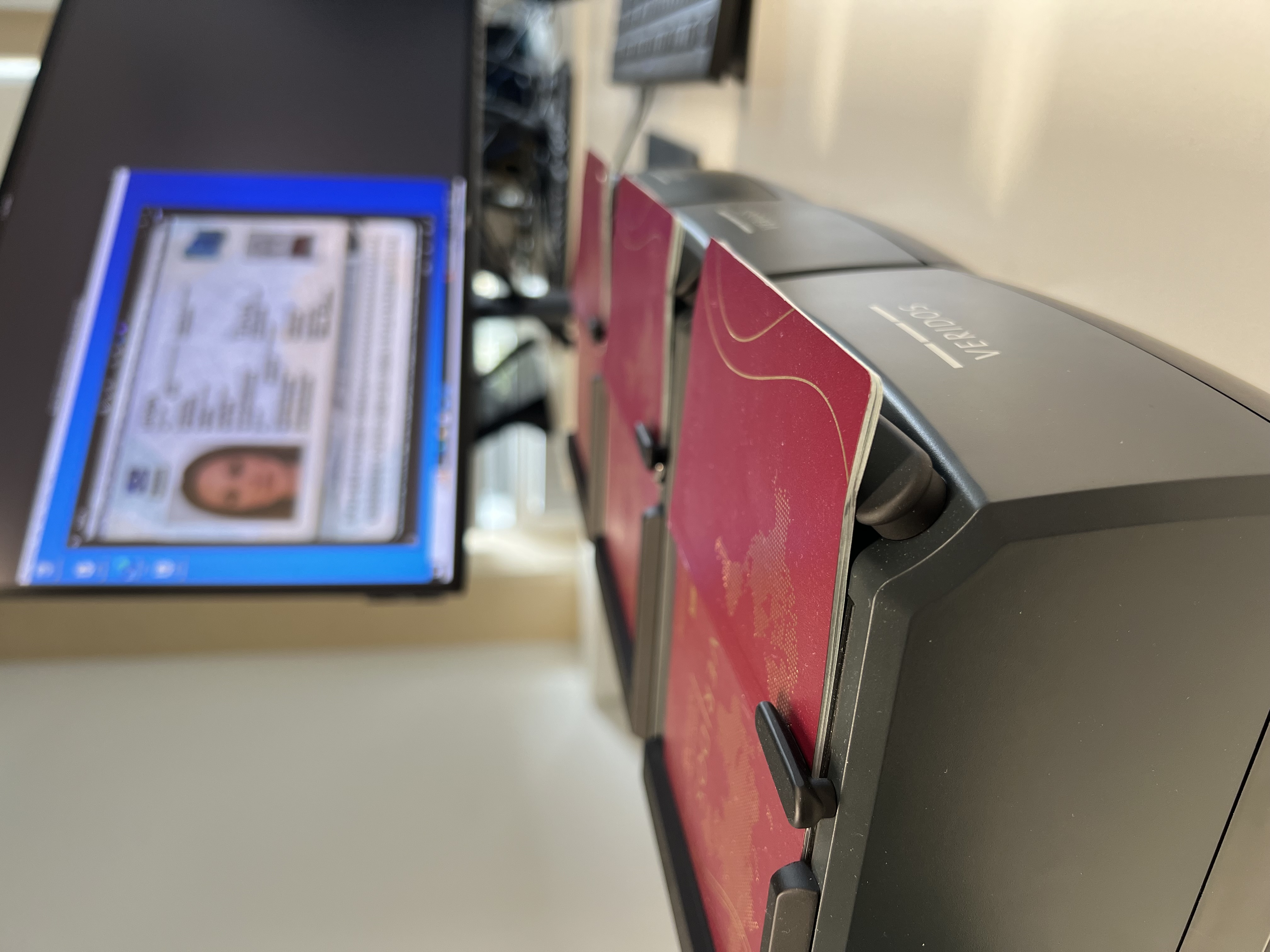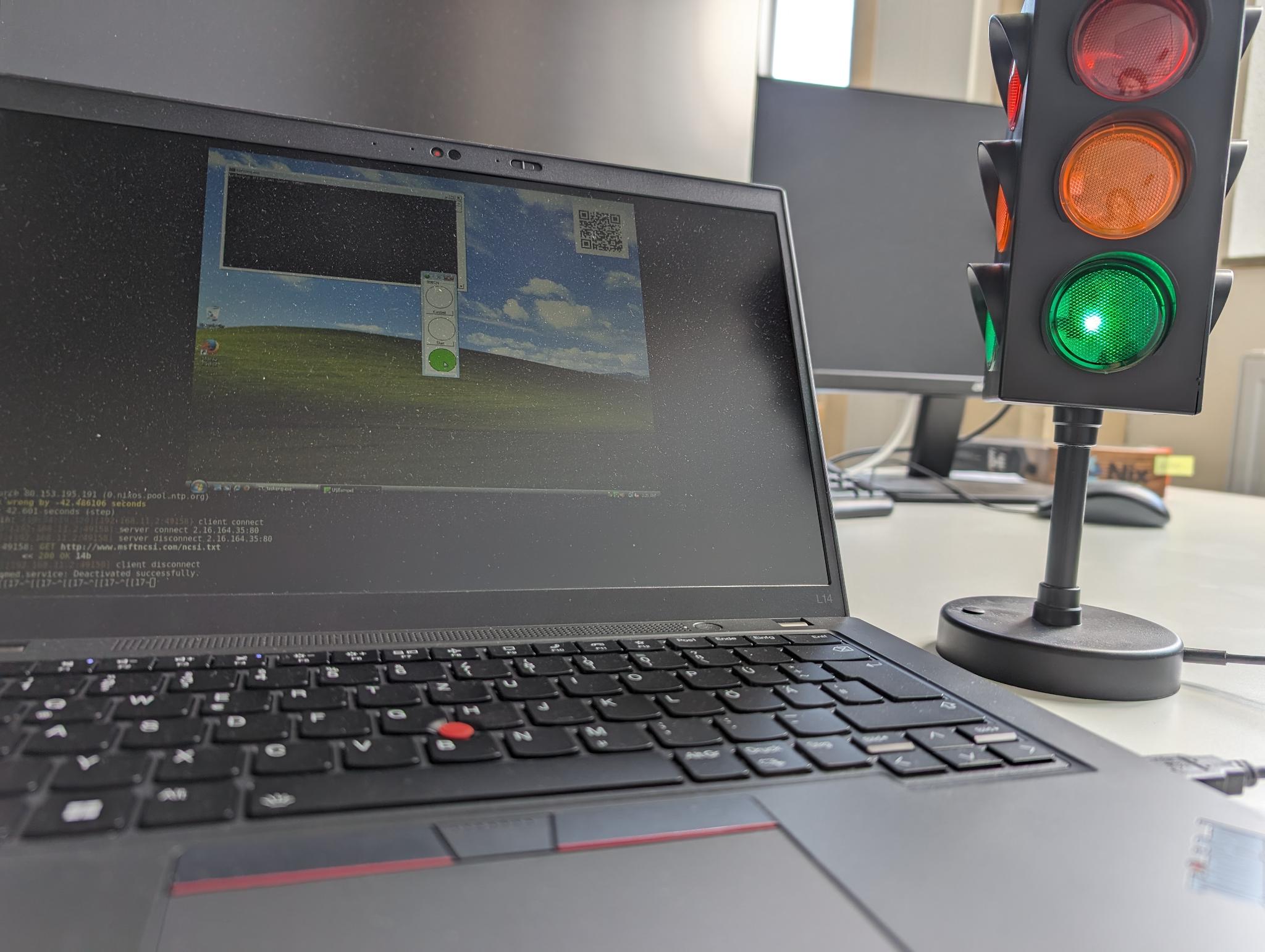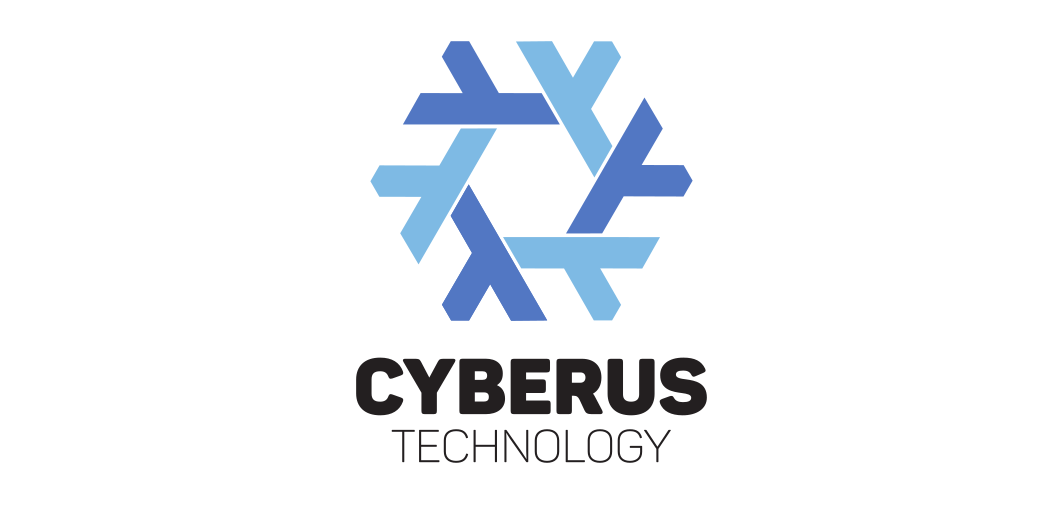microvm.nix: The Declarative Virtualization Tool for NixOS
Virtualization is a powerful tool, but managing VMs across various hypervisors can be a nightmare, especially when aiming for consistency and reproducibility. Enter microvm.nix—the essential tool that brings the declarative simplicity of NixOS to the world of virtualization.
- nixos
- virtualization





